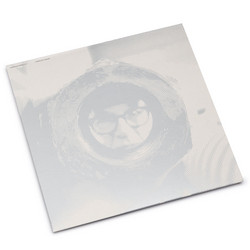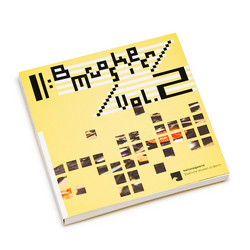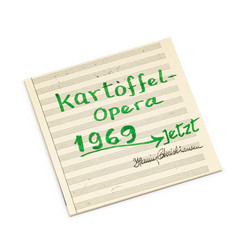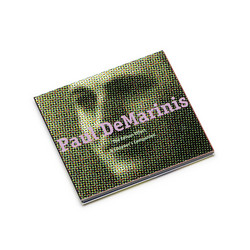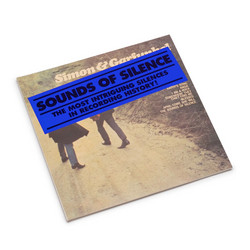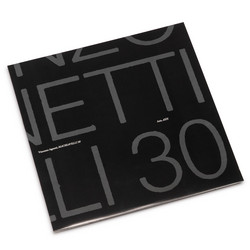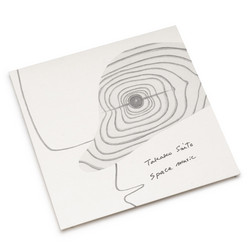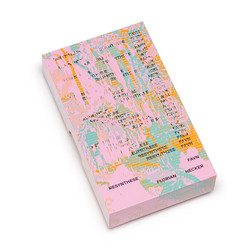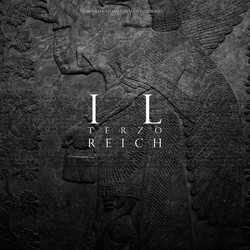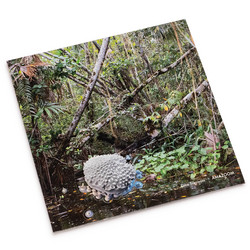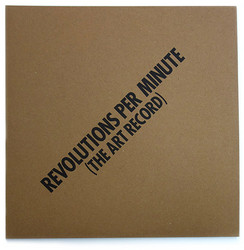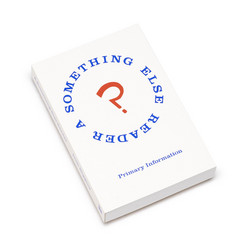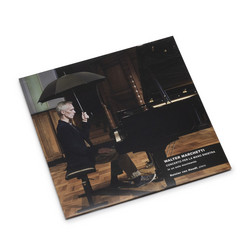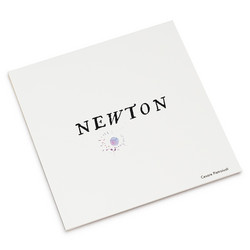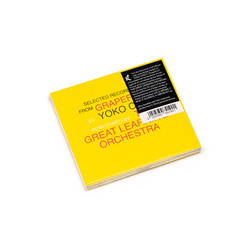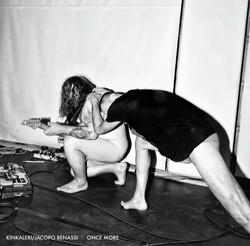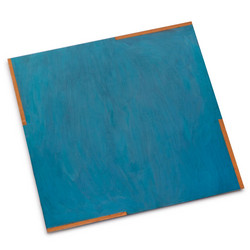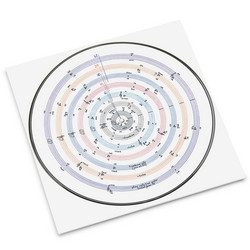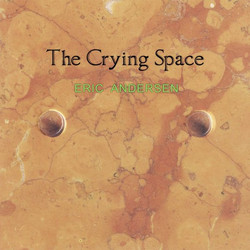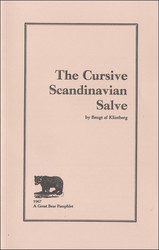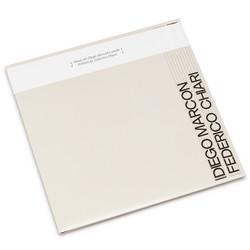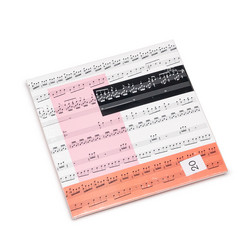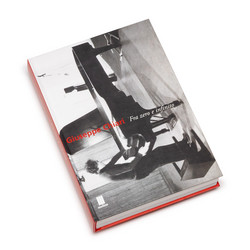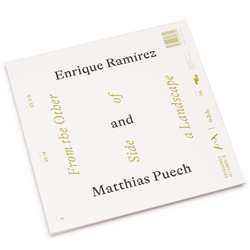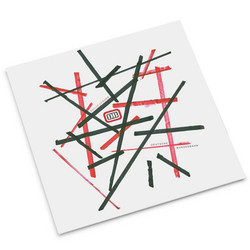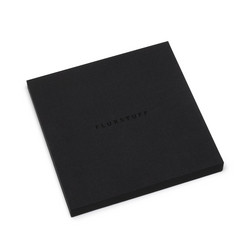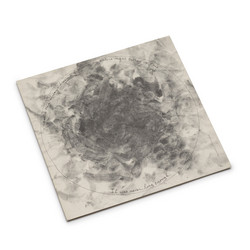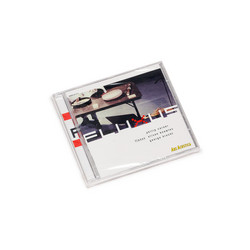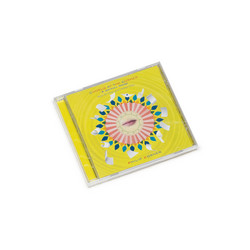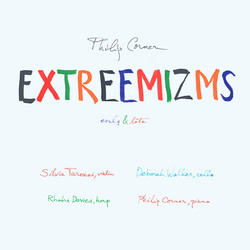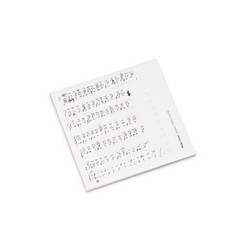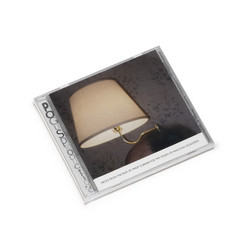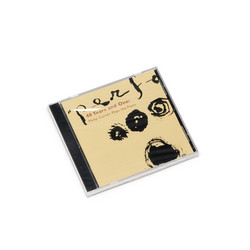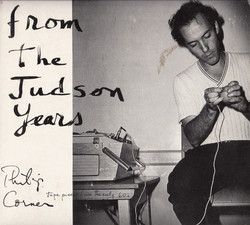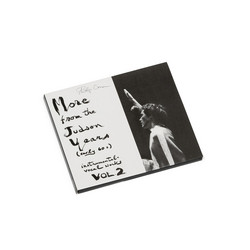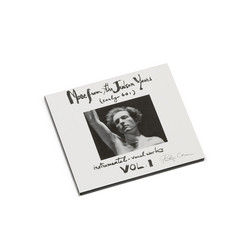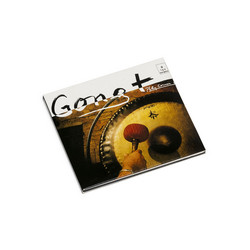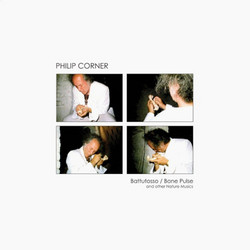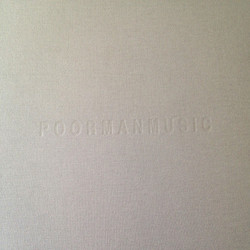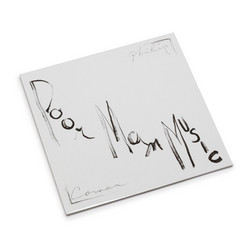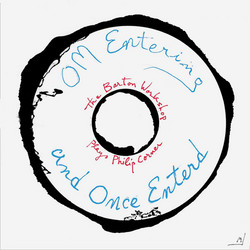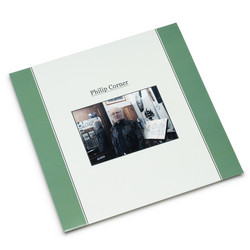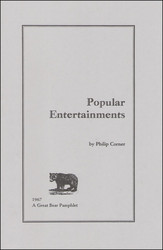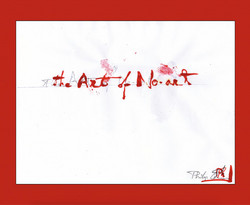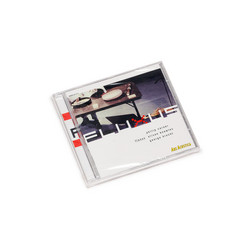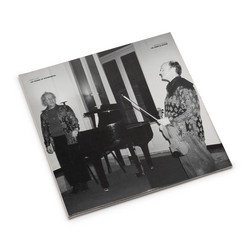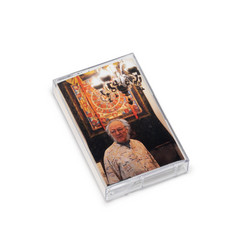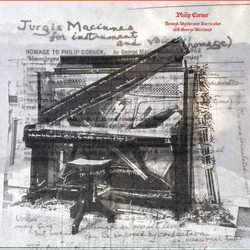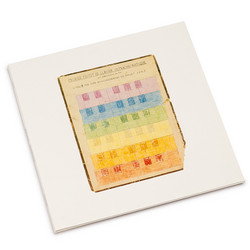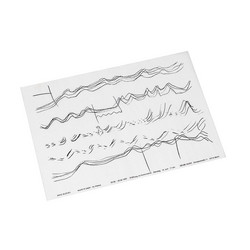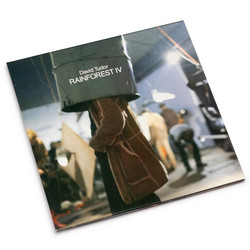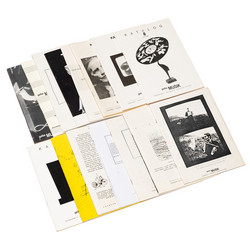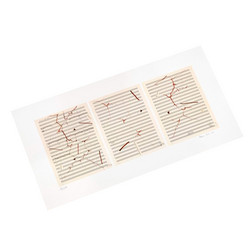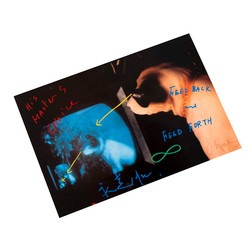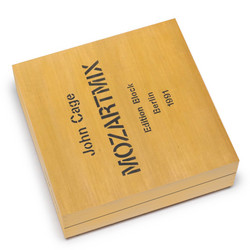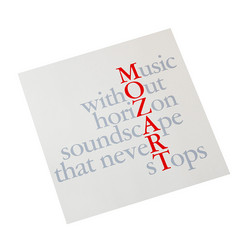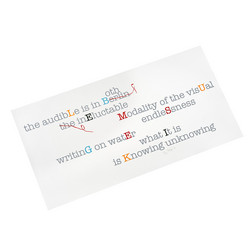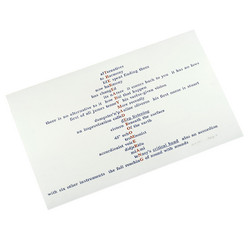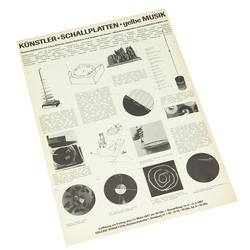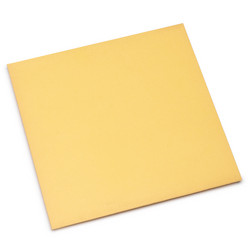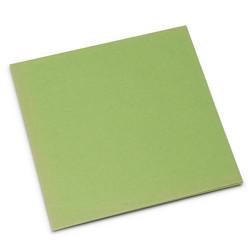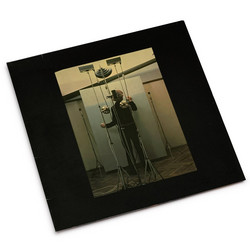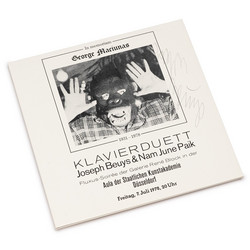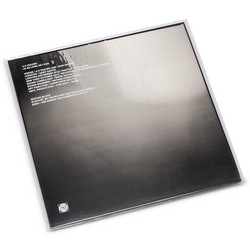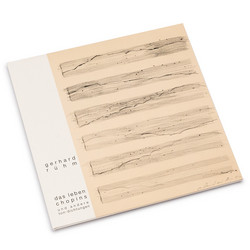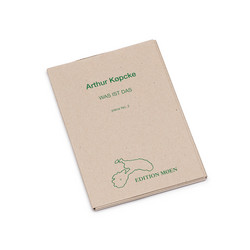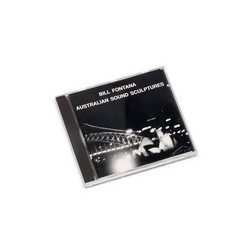Philip Corner
Pictures of Pictures from Pictures of Pictures (LP)
This extremely rare and long out of print LP from 1983 documents a remarkable multidisciplinary artistic collaboration between Philip Corner, one of America's most important experimental composers and Fluxus pioneers, and Klaus Peter Brehmer, a leading figure of German conceptual art. Selected by Ursula Block for her legendary gelbe MUSIK label in Berlin, this work represents a unique translation between visual art, music, and scientific analysis. Philip Corner (born 1933, The Bronx) is internationally recognized as one of the key figures of the Fluxus movement and a pioneer of American minimalist and experimental music. Corner's infamous "Piano Activities" (1962) became legendary for challenging conventional musical hierarchies during the inaugural Fluxus Festival in Wiesbaden, marking what many consider the beginning of the Fluxus "movement." His extensive oeuvre includes over 400 works in the Gamelan series, electronic compositions, and explorations of what he terms "unintentional sound, chance activities, minimalism, and non-Western instruments and tuning systems." As resident composer with the Judson Dance Theatre (1962-1964) and co-founder of Gamelan Son of Lion, Corner has consistently worked at the intersection of music, philosophy, and visual art.
Klaus Peter Brehmer (1938-1997) was a pioneering German conceptual artist known for his critical analysis of social and political structures through visual media. His practice involved the systematic appropriation and recontextualization of images from advertising, television, and political propaganda, transforming them into what he called "sensorial instruments for emancipatory awareness." Brehmer was particularly interested in the visualization of invisible processes and data, often employing scientific methods to translate between different media forms.
This album emerges from Brehmer's unique approach to Modest Mussorgsky's 1874 composition "Pictures at an Exhibition," originally based on ten etchings by architect Viktor Hartmann. Brehmer "also translated Mussorgsky's music back into the visual but used a scientifically generated method," creating sonagrams from the musical compositions and transferring these visual representations onto etching plates. Corner then contributed his own pianistic interpretation of this complex translation process, creating what can be understood as "pictures of pictures from pictures of pictures" - a recursive exploration of how artistic meaning transforms through multiple media translations. The work exemplifies the conceptual strategies that defined experimental art of the early 1980s, when artists were actively "going beyond the genre and starting to combine sound art with painting and other visual forms." The repetitive melodies and rhythms reflect both Russian folklore elements from Mussorgsky's original and the minimalist tendencies that characterized Corner's compositional approach during this period. The spatial arrangement of the musical material is described as resembling Japanese interiors, suggesting Corner's long-standing interest in non-Western aesthetic principles and his studies in Zen Buddhism.
The album represents what Dick Higgins would have termed "intermedia" - work that falls "between media" and occupies "the uncharted land that lies between" existing categories of practice. Like Corner's other compositions from this period, it demonstrates his belief that "music, in the sense of meaningful sound patterns, is a natural process that is going on constantly" and his interest in creating works that function as both sonic experience and conceptual investigation: the succession of images in painting and music over more than a century parallels the relationship among Sotatsu Tawaraya, Korin Ogata, and Hoitsu Sakai in Japanese art - a reference that underscores Corner's sophisticated understanding of how artistic traditions transform through reinterpretation across cultures and time periods. The work can be understood as an attempt to realize what Block called an "acoustic exhibition," where "an exhibition is the reason for a composition, this is re-translated into the visual, the developed graphics serve again as a basis of a renewed transformation."
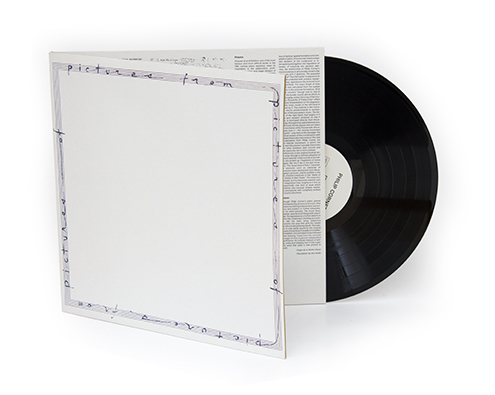
Recorded in 1985 at Elektronisches Studio der Technischen Universität Berlin.
"10 movements for piano after the originals of Moussorgsky, following the graphic interpretations of K.P. Brehmer."
"(these are semi-improvisations, each movement lasting exactly 5 minutes; to be studied with the recorded version by the composer: LP by Edition Block, Berlin)."
